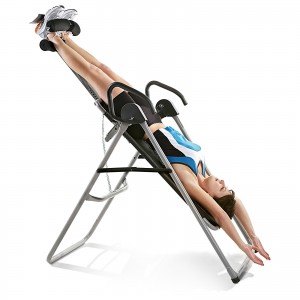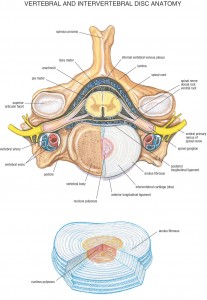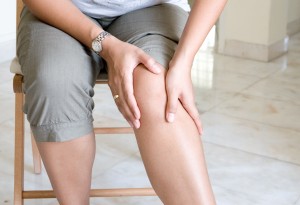Opioids reduce the intensity of pain signals reaching the brain and diminish the emotional response to pain. Opioids include: Hydrocodone (Vicodin), Codeine, Fentanyl, Hydromorphone, Meperidine, Morphine, Sufentanil, Oxycodone, Oxymorphone, Buprenorphine, Methadone, and Tramadol.
Opioid-induced hyperalgesia (OIH) is a condition whereby opioid therapy has a reverse effect on patients and causes increased sensitivity to certain types of pain. The symptoms of OIH are often difficult to diagnose and symptoms present as a worsening of the patient’s chronic pain with regions of pain spreading to other areas of the body. This worsening pain condition can be incorrectly interpreted as a patient developing a tolerance to the opioid that reduces the drug’s effect. This may not be the case. Prescribing higher dosages of opioids can paradoxically worsen a patient’s pain condition.
There is no question that getting off opioids can be very difficult and some physicians don’t want to assume the responsibility and risk that can arise from withdrawal and detox. An integrative medical approach is increasingly being sought after by both physician and patient to reduce dependence on opioids and to develop a safer pain management plan.
Acupuncture has been used to treat both chemical addiction and chronic pain. Acupuncture observes the improvement in pain reduction as a reduction in the frequency, intensity, and location of pain. Ideally, progress in the treatment of pain with acupuncture should result in the complete opposite effect of OIH—a reducing and localizing of pain, a normalizing of pain tolerance, and a restoration of body functions (normal bowl movements, proper digestion and stomach emptying, and sustainable energy with better sleep).
It is important for patients to express their concerns with long-term use of opioids with their physician and to establish an exit strategy to get off pain medications before even starting them.


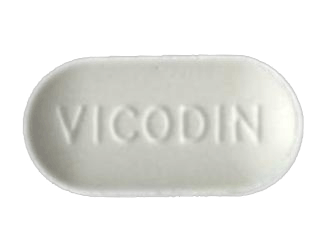
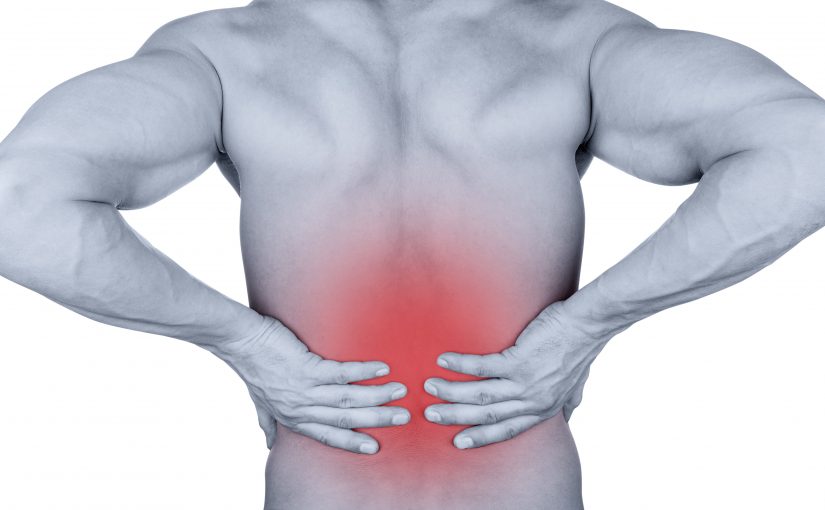
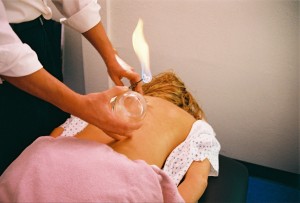
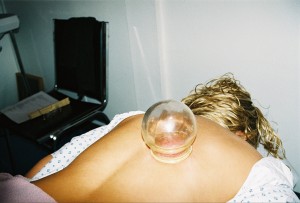
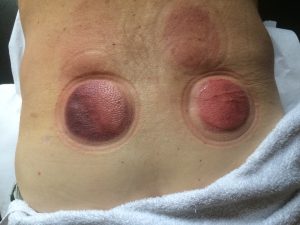
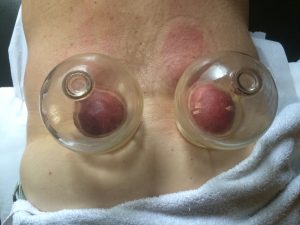 Third, the capillary beds then undergo hemostasis (clotting) to stop the leaking of blood into the interstitial spaces.
Third, the capillary beds then undergo hemostasis (clotting) to stop the leaking of blood into the interstitial spaces.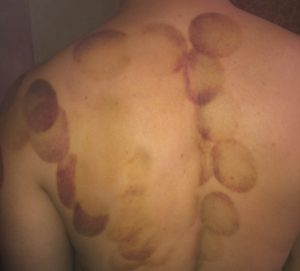 cellular proliferation to the site.
cellular proliferation to the site.